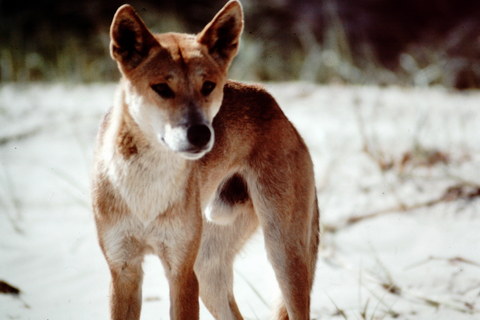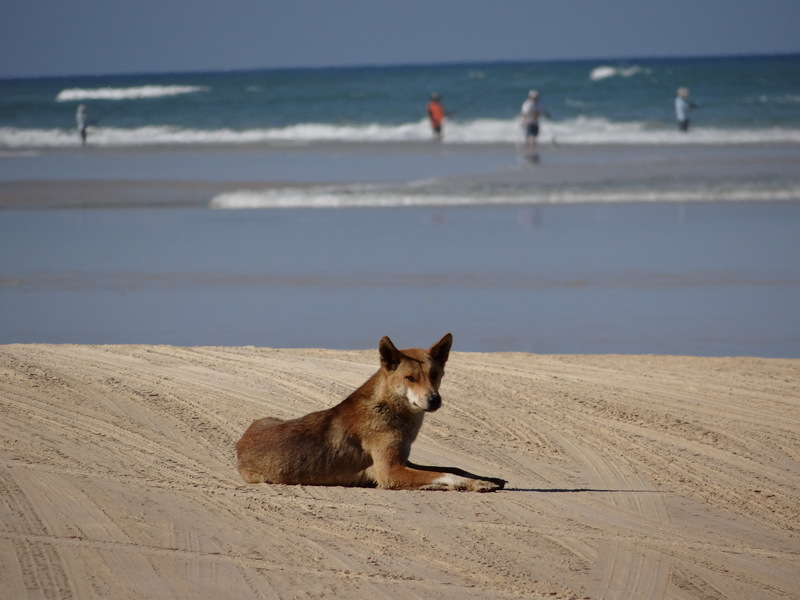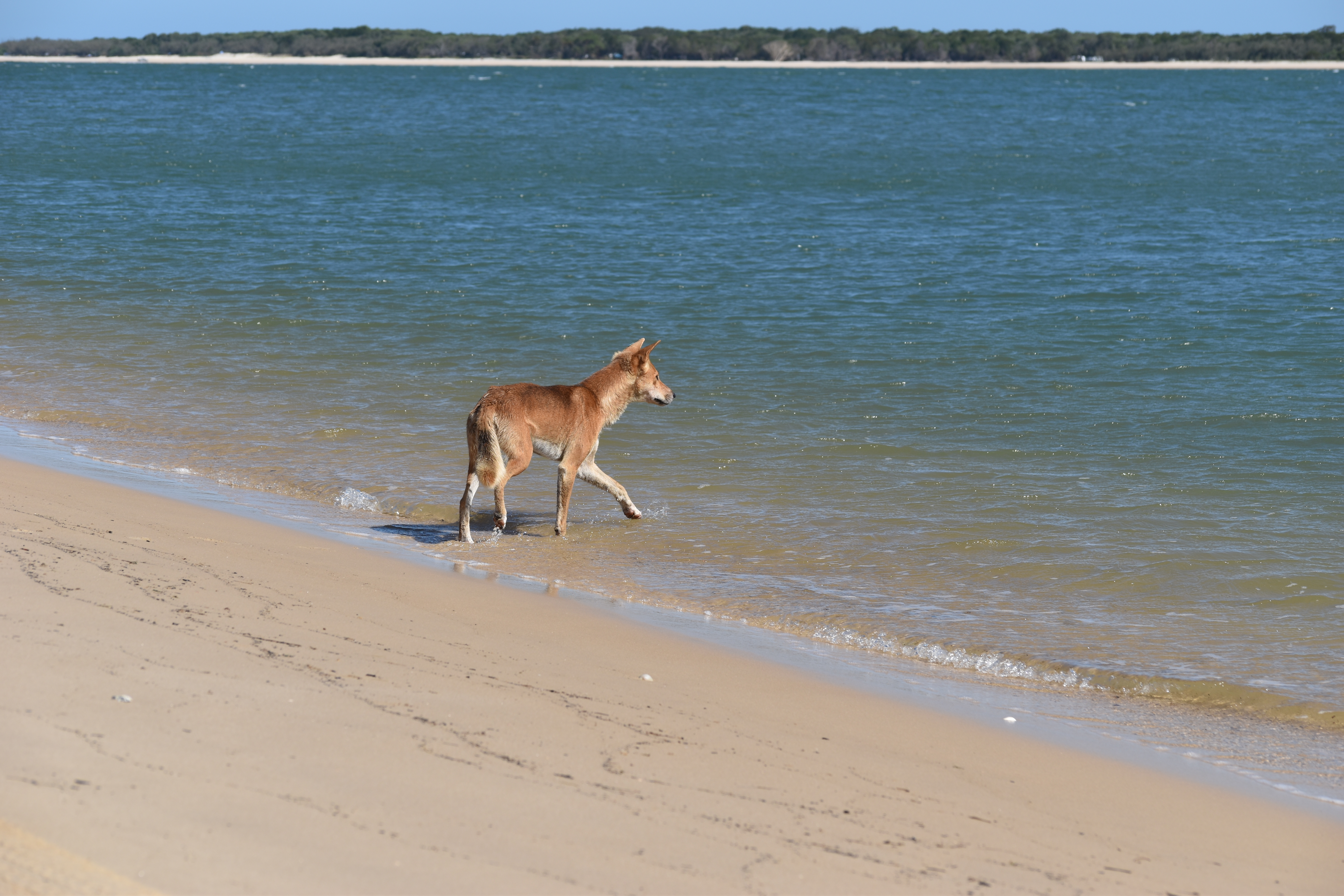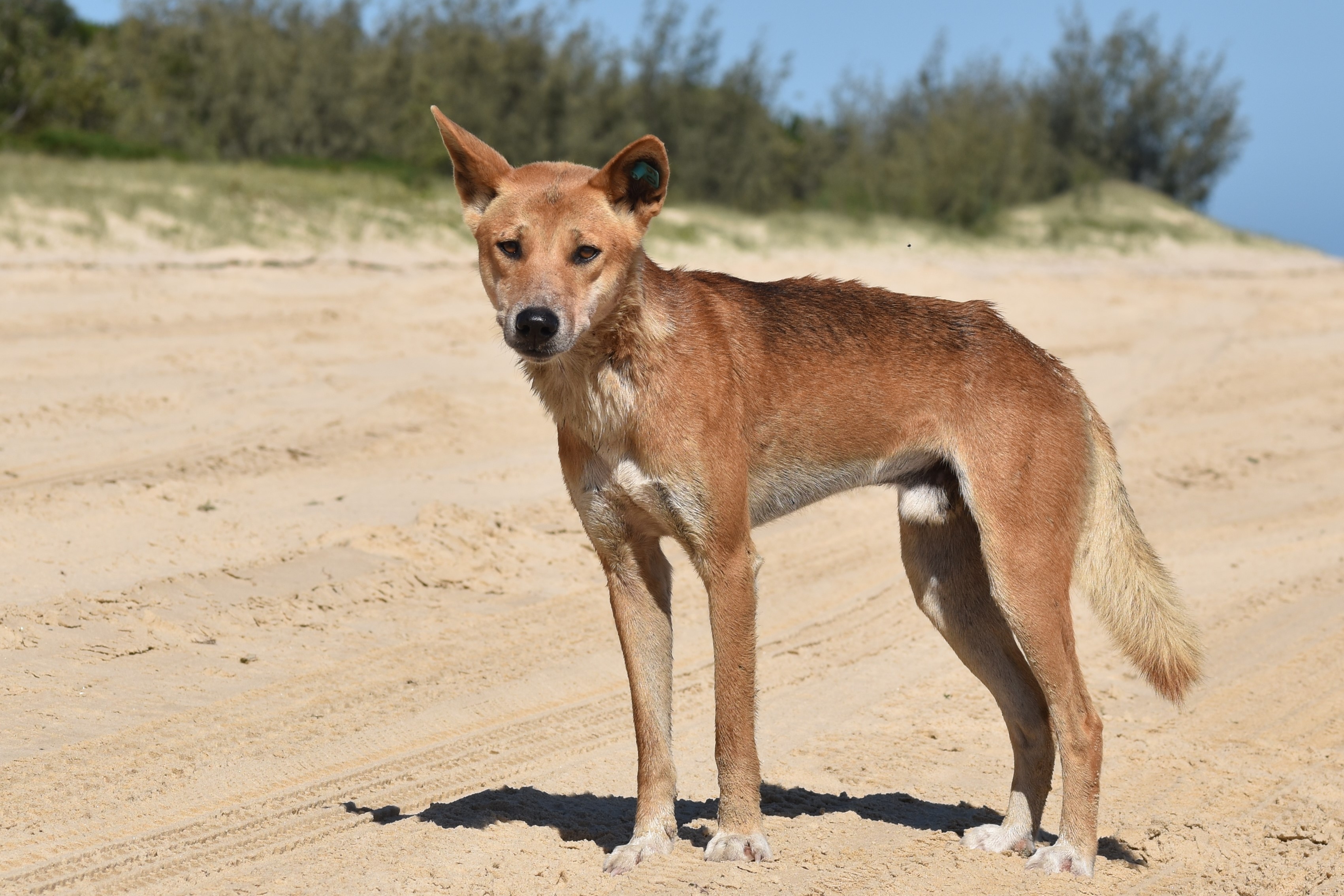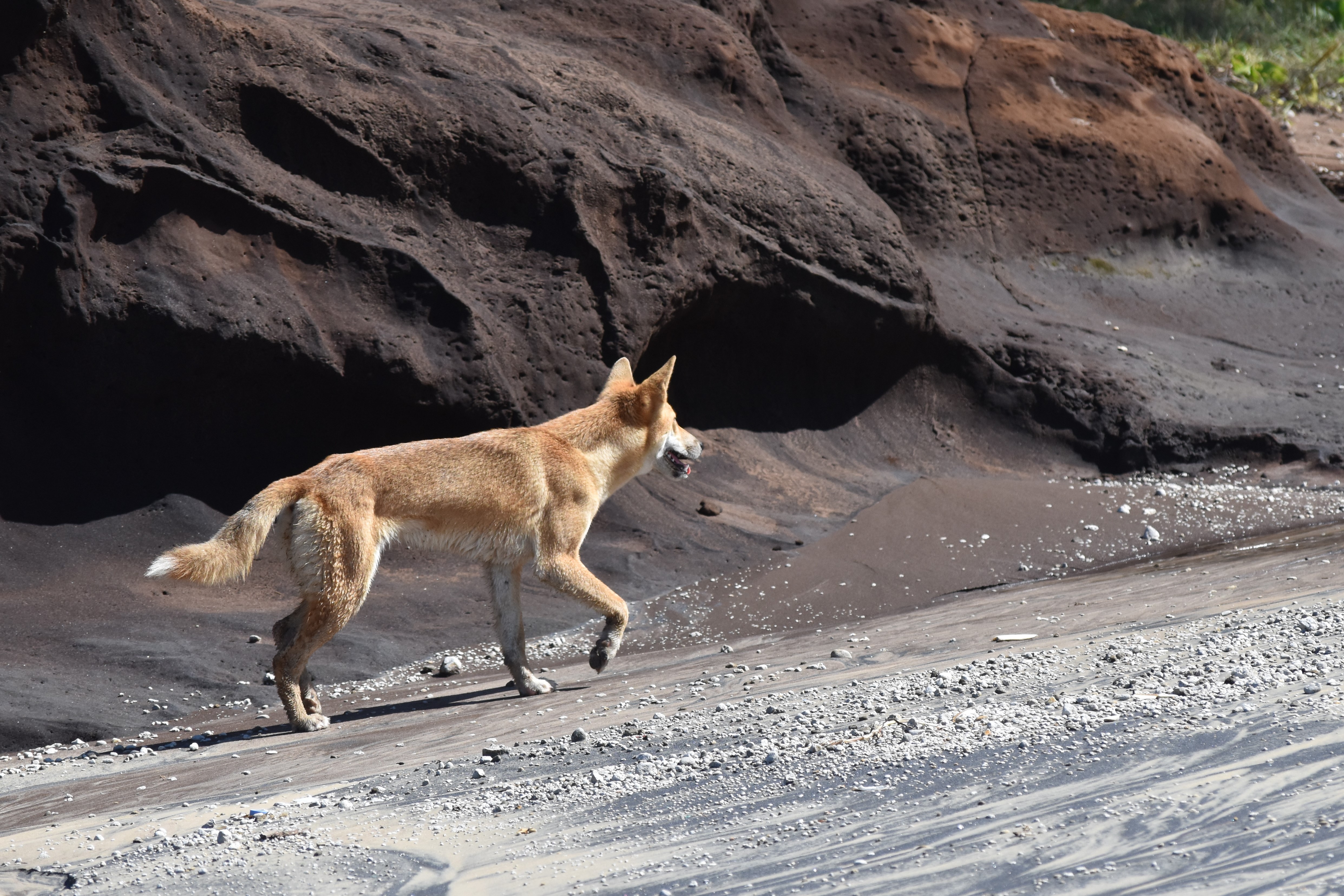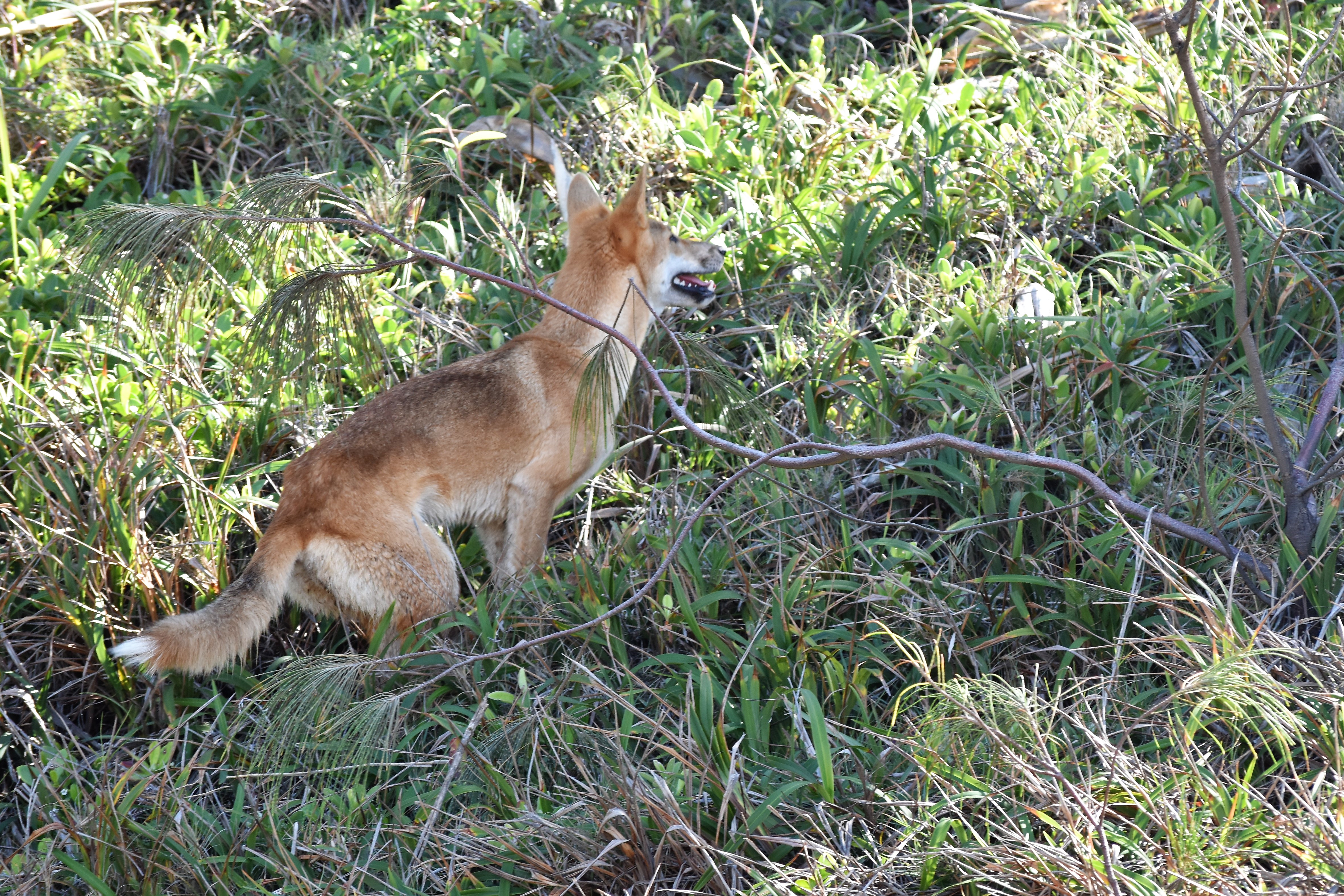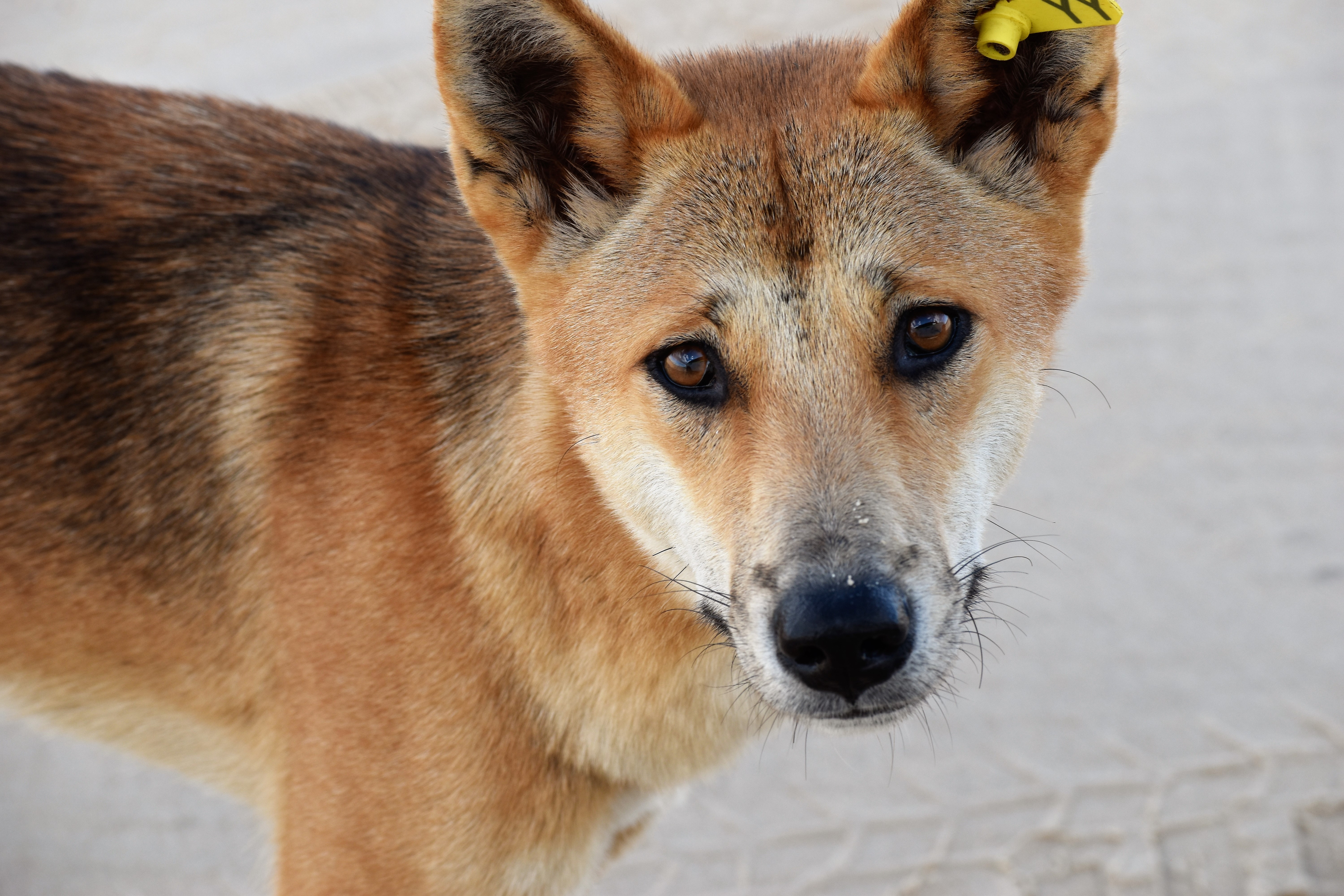
Dingoes
OVERVIEW
The iconic dingo population of K'gari is protected as a native species.
Be Dingo Safe
Why is the K'gari dingo so important?
Genetically, the dingo population is low in diversity and differs from mainland dingoes, giving them conservation status of national significance. Despite their relatively small numbers (70-200), hybridisation with domestic dogs has not occurred (domestic animals are banned from the island).
Dingoes are wild animals - be Dingo Safe
Management of dingoes in Australia is complex and contested. Conflicting views about their ecological status, population health and levels of genetic purity add to the complexity of managing the Islands dingo population.
It is important to note that the region's Traditional Owners consider the dingo to be culturally and ecologically significant to K'gari.
The Queensland Department of Environment and Resource Management (DEHP) has a dingo management plan which aims to:
1) conserve a sustainable wild population of dingoes on the Island
2) reduce the risk to humans by decreasing the frequency of the dingoes' destructive and aggressive behaviour.
One important strategy is toprohibit human-dingo interaction and educate visitors on being dingo safe. While there is a very low rate of negative human-dingo interactions occurring relative to the high rate of tourist visitation, there is a diversity of views about the Fraser Island Dingo Management Strategy, some of which are addressed on the RSPCA website.
The scientific name of the dingo is debated. One accepted name is Dingo canis.
References: Behrendorff, L., Leung,L. K-P., McKinnon, A., Hanger, J., Belonje, G., Tapply, J., Jones, D., and Allen, B.L. (2016). Insects for breakfast and whales for dinner: the diet and body condition of dingoes on Fraser Island (Kgari). Scientific Reports, Vol. 6, pp. 23469.
